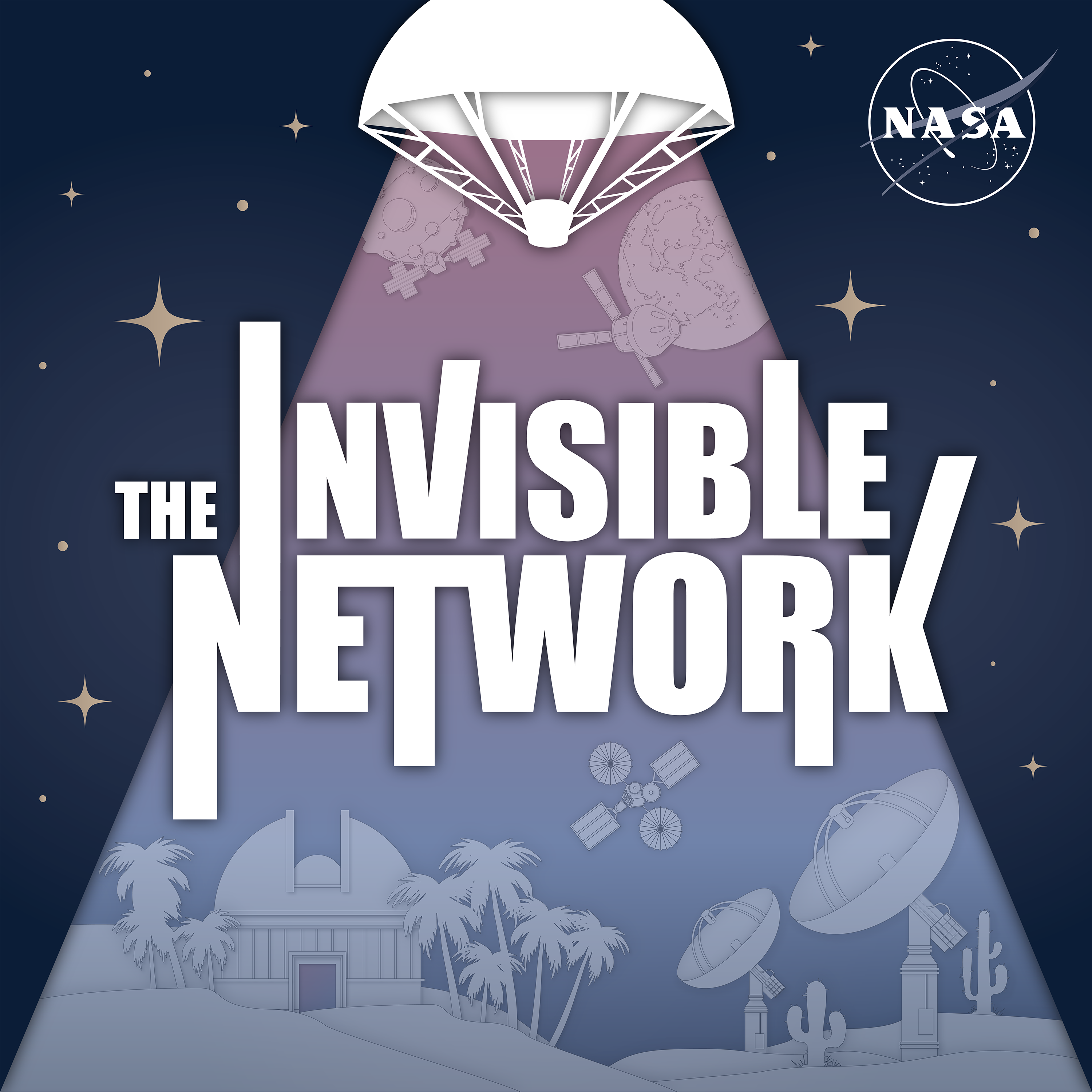The technologies that allow NASA to talk to and navigate spacecraft are often overlooked — perhaps because they work so well. Join us as we shine a light on the invisible networks that power space science and exploration.

The technologies that allow NASA to talk to and navigate spacecraft are often overlooked — perhaps because they work so well. Join us as we shine a light on the invisible networks that power space science and exploration.
What does the Pony Express of the 19th century have in common with the internet and disruption-tolerant networking? They're all (for their times) innovative communications technologies that revolutionize the way we share data.
Without communications there is no exploration: To reveal the unknown, a spacecraft must be able to share its data. In a sense, today's space communications networks are like the roadways of ancient empires, allowing information to move across vast distances. But how might our satellite data highways evolve to enable exploration centuries from now?
For billions of years, the Earth and the Moon have danced together. Since the Apollo era, scientists have used lasers — a technology then in its infancy — to measure their waltz. Lasers have since played increasingly important roles in spaceflight. They may even play a part in keeping the next generation of lunar astronauts connected to home.
Amidst the grandeur of spaceflight, there is a tiny bit of technology that, if not for its major role, might otherwise go unnoticed: distress beacons. This NASA-developed search-and-rescue technology could be life-saving not just for astronauts, but for travelers across the globe as well.